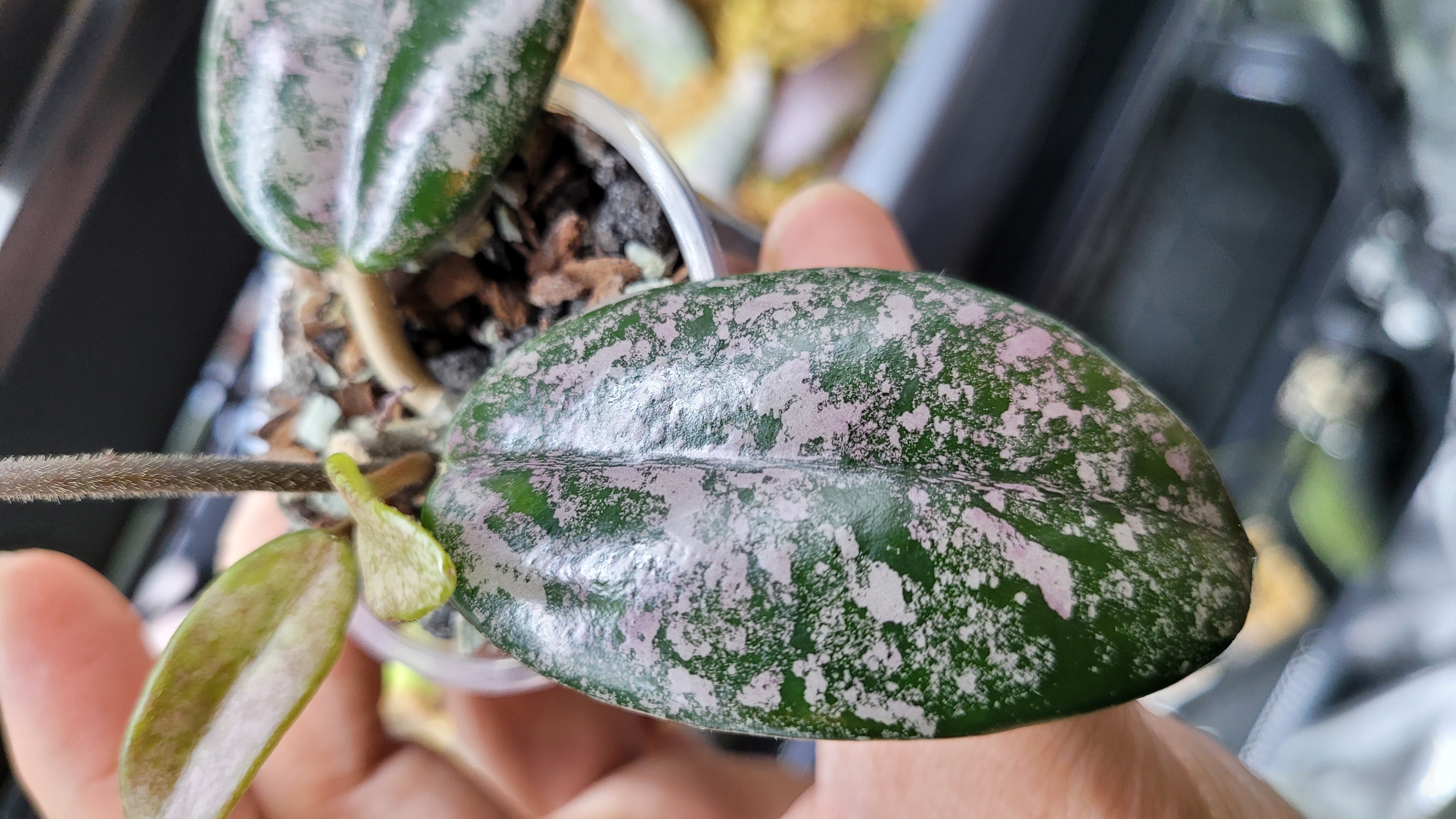Hoya plants, also known as wax plants, come from South East Asia. Many of these plants are exported from countries like Vietnam, Indonesia, and Thailand. A common issue with these imported plants is root bounding in sphagnum moss, which can hurt their health and growth.
Root bounding is when a plant's roots get tangled and crowded, making it hard for them to grow and affecting the plant's health. For hoya plants, root bounding is often seen when grown in sphagnum moss, a popular material for exporting them.
Sphagnum moss is used a lot because it holds water very well, which helps hoya plants stay wet during shipping. But if the plant's roots don't have enough room to grow, they can become root-bound, causing several problems.
Effects on Root Bound Hoya Plants
Slowed Growth: Root-bound hoya plants may not grow as well because their roots can't spread out properly. This can cause the plant to stay small and not develop as it should.
Weakness and Poor Health: When a hoya plant's roots are bound, it has trouble taking in nutrients and water. This can make the plant weak and more likely to get sick or have pests.
Leaf Problems: Root-bound plants often have yellow or brown leaves, which show that they aren't healthy. Sometimes the leaves will fall off completely.
Flowering Issues: Hoya plants that are root-bound might not flower, or they may produce fewer flowers than healthy plants. This can be disappointing for people who enjoy the beautiful flowers that hoyas are known for.
Repotting Issues: It's difficult, if not impossible, to switch potting mediums for repotting when hoya roots are impacted in sphagnum moss.
Root-Bound Hoya Plants Are Common in Imported Hoya Plants
There are a few reasons why sphagnum-impacted roots are common in hoya plants imported from South East Asia:
Shipping Requirements: To save space and keep plants safe during shipping, growers may use tight packaging and small containers, which can cause root bounding.
Sphagnum Moss Use: As mentioned earlier, sphagnum moss is used because it holds water well. However, it can also lead to root bounding if the plant isn't given enough room to grow.
You may have to cut and propagate your plant if you cannot free the hoya roots impacted sphagnum moss. If you can release the roots, you may experience breakage in them, which could be unfavourable for the plants in terms of absorbing water and nutrients, and possibly introducing root rot. You may want to think twice about ordering plants from South East Asia or even Hoya sellers from the United States and Canada (who grow in sphagnum moss or who import and sell without proper care).





Leave a comment
All comments are moderated before being published.
This site is protected by reCAPTCHA and the Google Privacy Policy and Terms of Service apply.